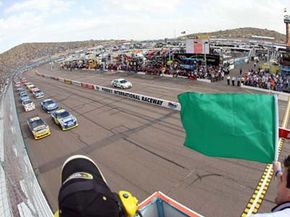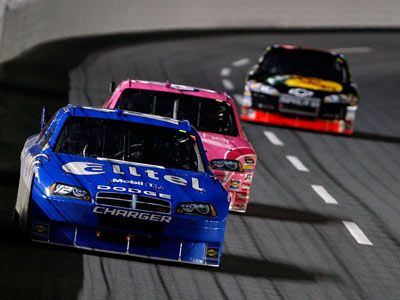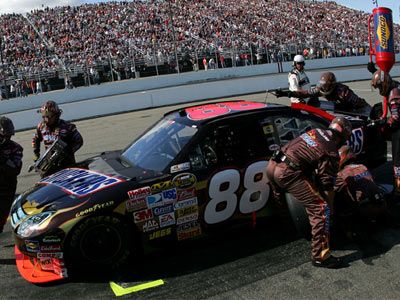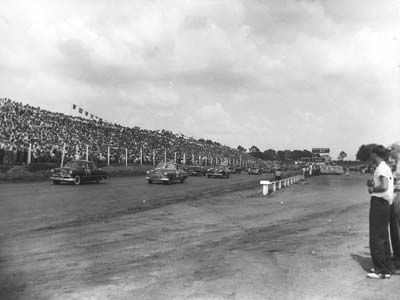NASCAR fans might end race day either in a celebratory mood or completely dejected, with those feelings having nothing to do with what happened out on the actual track. That's because in modern NASCAR, the emphasis is increasingly on safety and leveling the playing field -- not on allowing the mechanical creativity inherent in the sport's historic no-holds-barred competitions.
NASCAR, which stands for the National Association for Stock Car Racing, is the sanctioning body of one of the most popular sports in the United States. NASCAR sanctions three national series: the NASCAR Sprint Cup Series, the NASCAR Nationwide Series and the NASCAR Craftsman Truck Series, as well as numerous regional and international series and races.
Advertisement
So what could cause fans to lose their cool even before a race begins? Have them pulling out their hair despite the fact that their favorite driver crossed the finish line first? A week later find them cursing when a team they thought did well has been stripped of its finish? In a word: penalties.
Back in the early days of NASCAR (which was incorporated in 1948), the rules were a bit under-evolved. Competitors made the most of every loophole and innovation they could dream up in order to get their cars across the finish line first -- and anything NASCAR hadn't thought to officially include in the rulebook was considered fair game by them. But over the years, NASCAR inspectors and officials have continuously beefed up the rules until less and less gray areas remain, and they've begun enforcing those rules with a vengeance.
Stock car racing today is much more black and white when it comes to what's allowed and what's going to earn you a penalty, but it can still be confusing for fans to understand where the penalties come from. Even more confusing is why it seems like some drivers and crew chiefs get a slap on the wrist while others get the book thrown at them. On the next page, we'll learn about some of the reasons for this.
Advertisement




